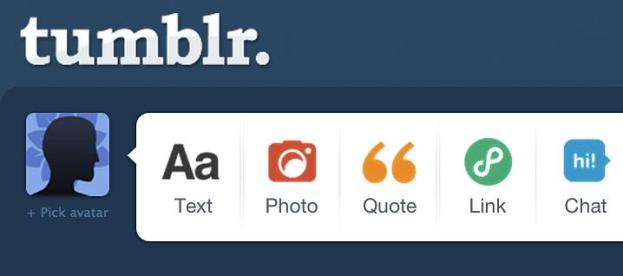 With more than 52 million blogs set up on its platform, Tumblr has been an incredible success since it launched five years ago. But despite receiving around 13 billion views a month, the company still makes very little money.
With more than 52 million blogs set up on its platform, Tumblr has been an incredible success since it launched five years ago. But despite receiving around 13 billion views a month, the company still makes very little money.
That could be about to change, however, as from the beginning of May the service will start selling space to advertisers.
This may come as a surprise to those who recall an interview given to the LA Times two years ago by Tumblr’s founder and CEO, David Karp, when he said: “We’re pretty opposed to advertising. It really turns our stomachs.”
And so it was at the Ad Age Digital Conference in New York City this week that 25-year-old Karp stood before an expectant audience and, with his tail positioned firmly between his legs, opened his keynote speech with the words: “We’re pretty opposed to advertising. It really turns our stomachs.” Everyone knew what was coming next.
He even went so far as to say he had probably been “an idiot” to have come out with those words two years earlier.
Karp said that starting May 2, his website will begin utilizing the small ‘Radar’ box on the Tumblr dashboard page for ad space. Its location means the ads won’t appear on the blogs themselves, but rather in a members-only area. The Radar box is currently used to highlight popular posts and gets around 120 million impressions a day as users log into their dashboard, Ad Age reported.
Tumblr’s CEO declined to give details about which companies had already bought ad space on the site.
The New York-based start-up currently makes money from sales of custom blog themes, and has also received funding from investors. More recently it began allowing its users to draw attention to their posts through a highlighting function, which costs $1 a time. But by going down the advertising route, the business should be able to start generating some serious cash.
If you’re a Tumblr user, how do you feel about ads coming to the microblogging site? Does it turn your stomach, perhaps?
Editors' Recommendations
- Instagram appears to be raking in even more ad cash than YouTube
- Facebook has strict new rules for political ads ahead of the 2020 election


